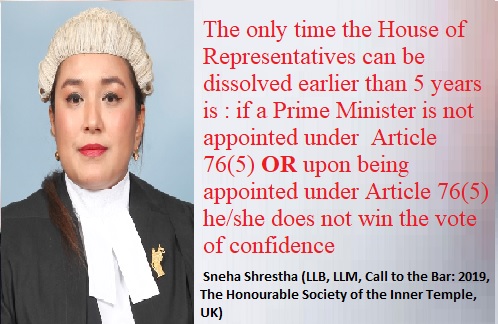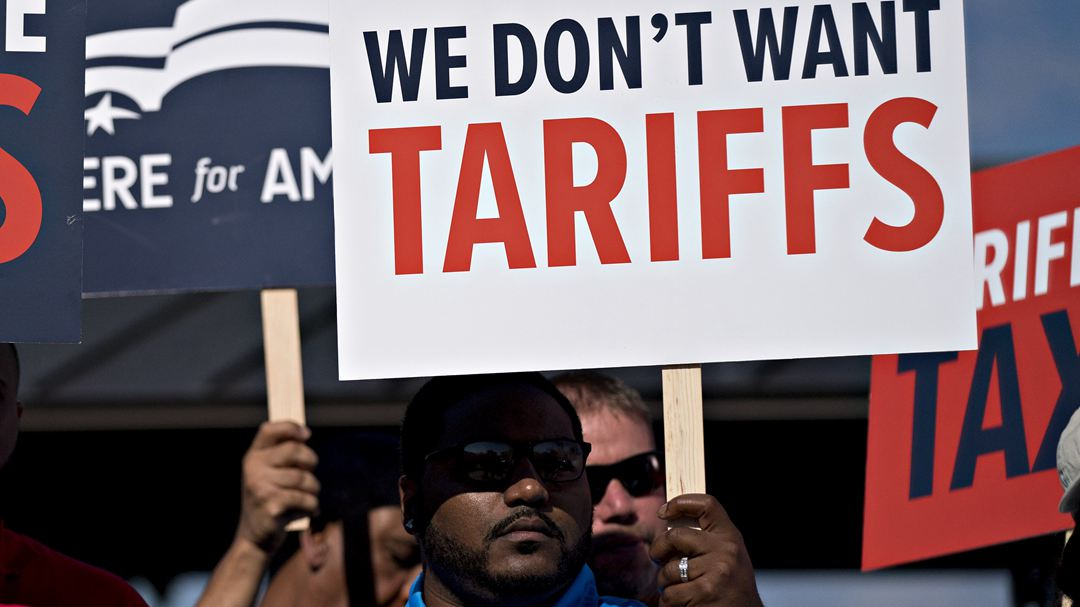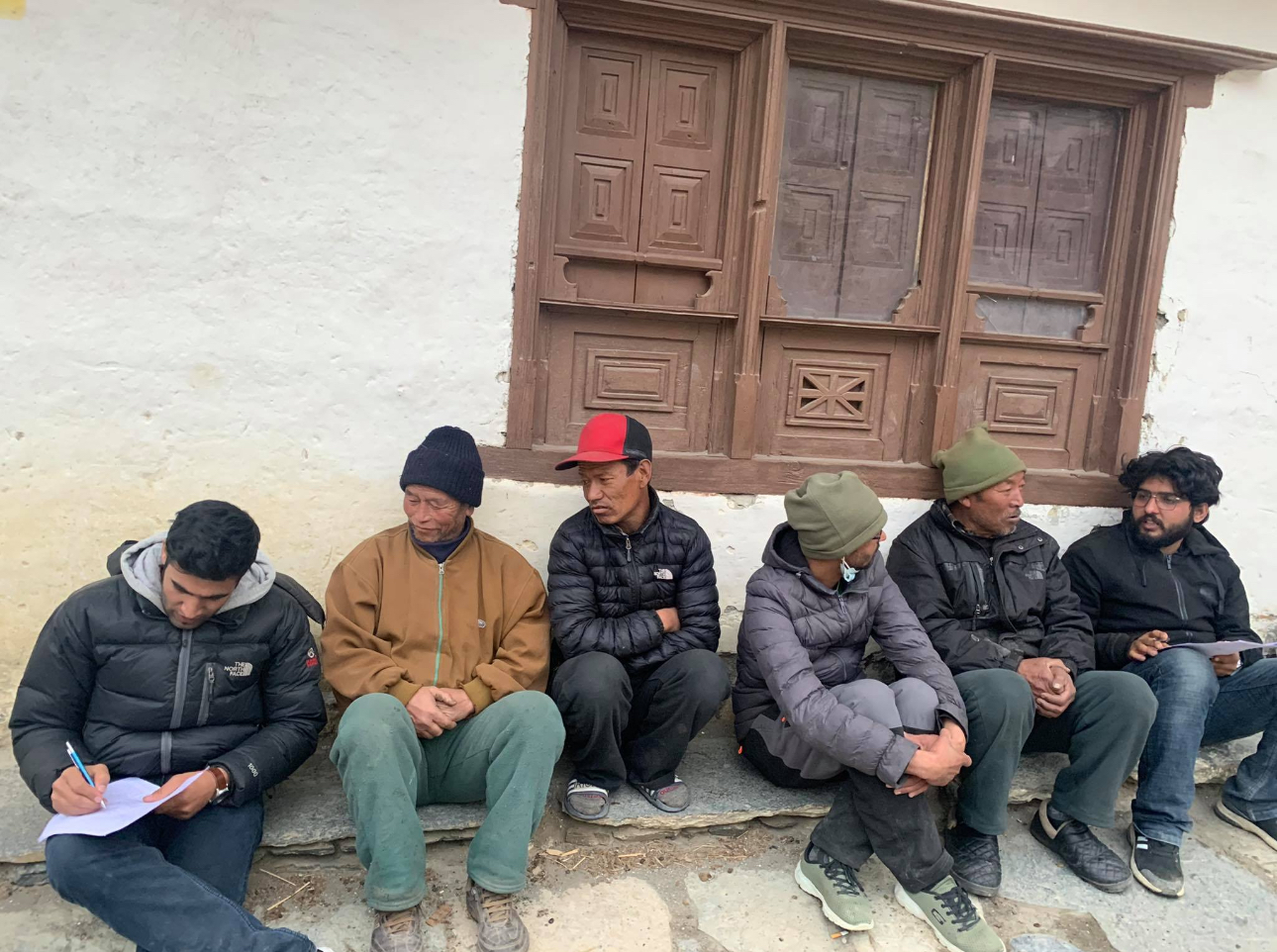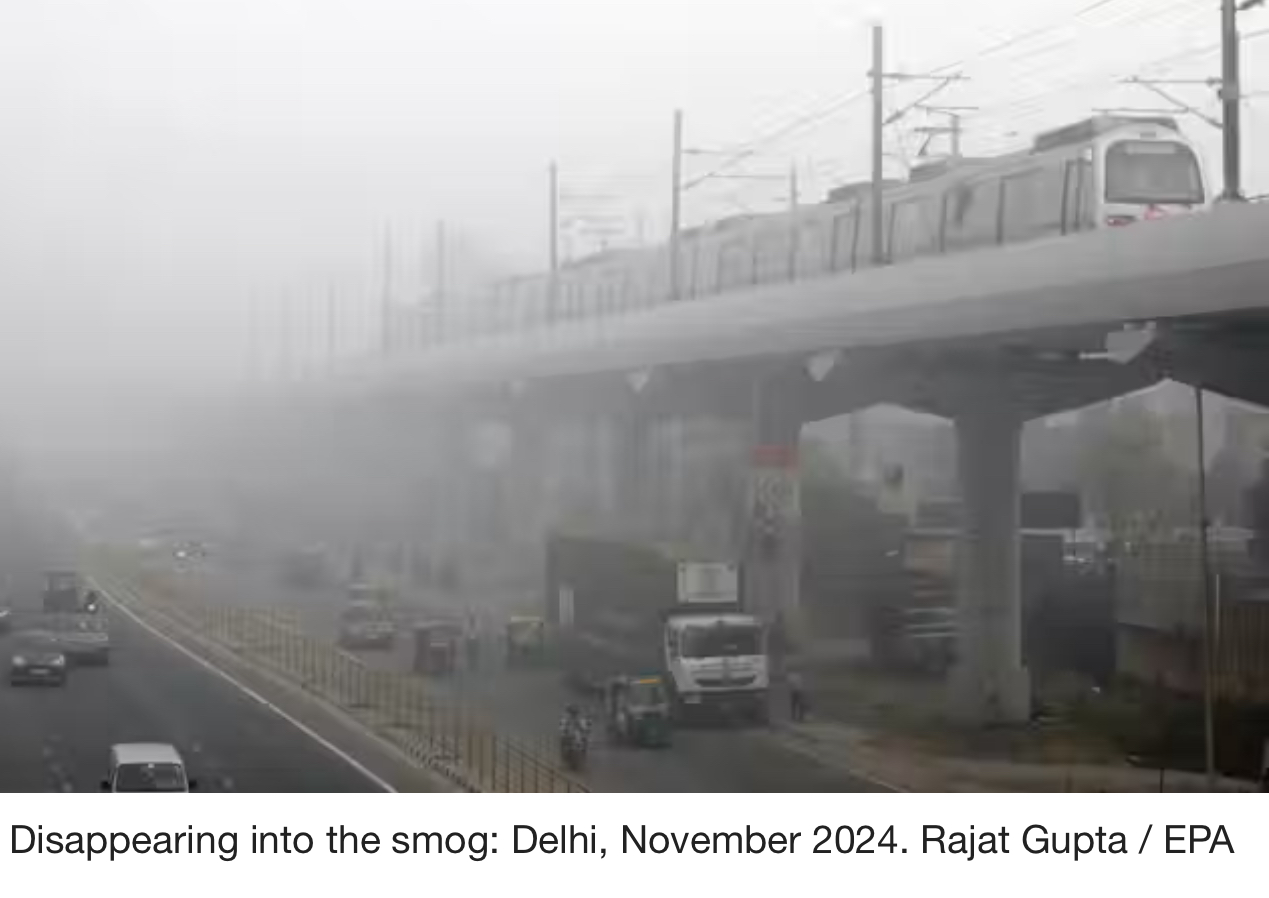House Dissolution in Nepal: Constitutional Issues

By Sneha Shrestha
22.33 (GMT), Sunday, 24 January 2021, I called my parents for a conversation about my day and the past week. Just when talking to my mother was coming to an end, my father asked to speak to me. He asked if I knew about the current political situation in Nepal. It had been an eventful month for me and I was unaware of the situation in Nepal. I replied, “No, not at all”, expecting this to be another one of those conversations where my father would ask me why do I not follow world news? However, to my surprise, he smiled- it was a video call. Then he asked me if I had read the Constitution of Nepal. Although I did know it was promulgated on 20 September 2015 and I was aware of some of its provisions, I had to admit that I had not read the entire document page for page. Yet again, there was a positive response from my father. He said, “Good. So, now I want you to read Articles 76 and 85 and tell me simply what you understand.”
I was so amazed at this request (and at the fact that being unaware of the current political situation and the Constitution was a good thing for once!) that I immediately located the online version of the Constitution. I began reading it aloud, and subsequently silently in my mind, to make sure that I understood it. I read Article 76(1), (2), (3), (4), (5), (6), and (7). I consequently read Article 85(1). I then gave my father my opinion, step-by-step. Perhaps he wanted an objective view on the black letter law as he may have a subconscious bias due to his political stance. In any case, it turned out to be a stimulating exercise. Given that I had made the effort to read and understand such an important provision of the Constitution of Nepal, it seemed apt to document it whilst it was fresh in my mind. So, I started typing at 22:44 (GMT)! My analysis is as follows:
Who, When, How and Why Dissolve the House of Representatives?
Interpretation of Article 76 and 85: The Constitution of Nepal 2072 B.S. (2015)
Article 76: Constitution of the Council of Ministers
There appears to be a ‘priority order’ for appointing a Prime Minister:
(1) Leader of the political party with the majority seats. If no clear majority then (2);
(2) A member that can gain majority seats by forming a coalition with two or more parties.
(Note: (4) Once appointed as Prime Minister, he/she must receive the vote of confidence of the House of Representatives within 30 days of his/her appointment)
If the member cannot attain majority through collation or fails to obtain vote of confidence within 30 days of appointment then (3);
(3) Leader of the largest party- one with the highest number of members.
(Note: He/she must also receive the vote of confidence of the House of Representatives within 30 days of his/her appointment, as provided by (4))
If the leader fails to obtain vote of confidence within 30 days of appointment then (5);
(5) Any member under (2) (that can gain majority seats by forming a coalition with two or more parties), who presents a ground on which he/she can obtain a vote of confidence.
(6) The Prime Minister appointed under (5) must obtain a vote of confidence under (4).
(7) If the Prime Minister under (5) fails to obtain a vote of confidence OR if any member fails to be appointed as Prime Minister (i.e. no member that can gain majority through coalition or present a ground re vote of confidence), then the President shall, on the recommendation of the Prime Minister, dissolve the House of Representatives and fix a date to conduct another election within six months.
Further analysis
The first preference is (1) which is self-explanatory. If there is a party with clear majority, the leader is appointed as Prime minister.
Then it is (2) which carries 2 requirements:
a) there must be a member who can form a coalition with two or more parties to gain majority((2));;
AND
b) he/she must obtain the vote of confidence ((4)).
Failing that, (3) is slightly easier as the leader of the largest party (self-explanatory) must obtain the vote of confidence (under (4)).
The last option (under (5)) takes us back to (2). Here, there are 3 requirements:
a) there must be a member who can form a coalition with two or more parties to gain majority ((2));
AND
b) who can demonstrate a ground on which he/she can obtain vote of confidence ((4));
AND
c) he/she MUST obtain the vote of confidence ((6)).
If, and only if, all 3 requirements are fulfilled, can that member be appointed the Prime Minister under (5). Having been appointed, if the Prime Minister fails to secure the vote of confidence within 30 days OR if a Prime Minister was not appointed at the first place, as they did not qualify under (2) or did not show a ground on which they can obtain vote of confidence, then under (7) the President can dissolve the House of Representatives and fix a date for re-election, on recommendation of the Prime Minister (either the Prime Minister appointed under (5) or the incumbent in the absence of a successor under (5)).
What is clear is that (7) is only triggered by (5) as it is the last option, which is rather distinct to options (1), (2), and (3). Dissolution of the House of Representatives is the last resort; having exhausted all options under the priority order. That is, Article 76(1), (2), (3) and (5). To put it another way, the President only has the power to dissolve the House of Representatives if there is no appointment made under (5), having failed to secure a Prime Minister from the first 3 options. In that case, the President would receive recommendation for dissolution and re-election from the Prime Minister currently in office. Alternatively, if the newly appointed Prime Minister under (5) cannot obtain the vote of confidence under (6) that also triggers (7). Here, the Prime Minister who was recently appointed under (5) recommends the President to dissolve the House of Representatives and conduct a re-election.
Article 85 (1) reinforces the above point as it provides that ‘unless dissolved earlier pursuant to this Constitution’ (i.e. under Article 76(7)) the fixed term of the House of Representatives is 5 years. Accordingly, if a Prime Minister is appointed under Article 76(1), (2), (3) or (5), the House of Representatives shall remain for 5 years. In other words, the only time the House of Representatives can be dissolved earlier than 5 years is if a Prime Minister is not appointed under Article 76(5) OR upon being appointed under Article 76(5) he/she does not win the vote of confidence, hence recommends the President to dissolve the House of Representatives.
Now this takes us back to the questions posed by the title, with which we began: Who, when, how, and why dissolve the House of Representatives?
The answer is this: The President; when Article 76(5) is triggered as a Prime Minister could not be appointed under Article 76(1), (2), or (3); upon receiving recommendation from the Prime Minister (incumbent or successor) pursuant to Article 76(7) of the Constitution; because the dissolution of the House of Representatives is the last resort.
END time: 2:33 (GMT)
Ms Shrestha has recently completed her Bar Professional Training Course (BPTC) at The City Law School and was called to the Bar of England and Wales. She acquired her undergraduate law degree (First Class) from the University of Essex and her Masters degree (Distinction) from King’s College, London. Views expressed here are her own– Editor


















Facebook Comments